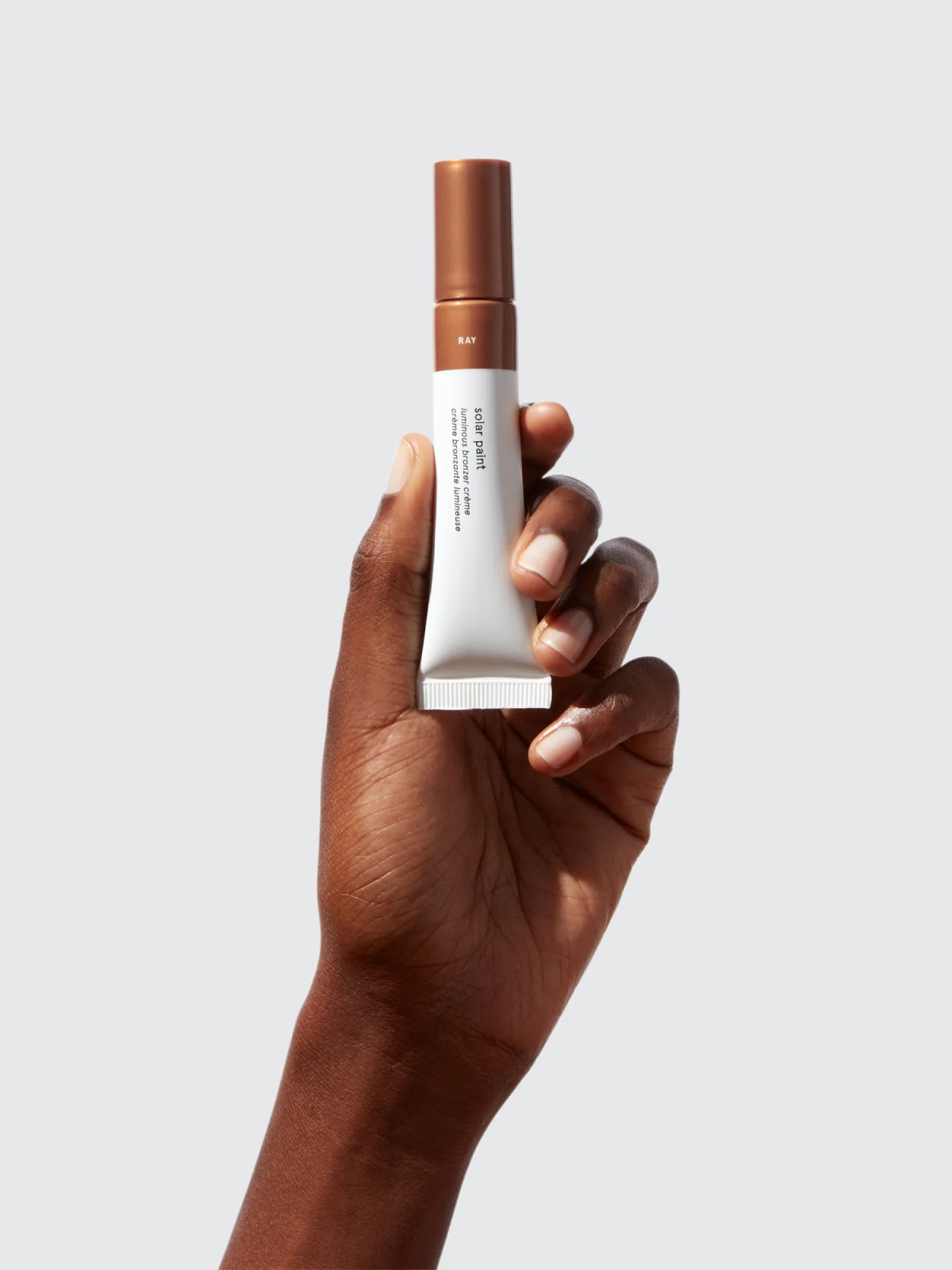Equinox 3D Mask Bracket (5 Piece) – Face Mask Inner Support Frame – Comfortable Breathing – Lipstick Protector – Face Mask Accessories – Perfect Silicone Breathing Bracket for Masks
Equinox 3D Mask Bracket (5 Piece) – Face Mask Inner Support Frame – Comfortable Breathing – Lipstick Protector – Face Mask Accessories – Perfect Silicone Breathing Bracket for Masks







COMFORTABLE BREATHING: This face bracket keeps the mask fabric off the mouth to create more breathing space for comfortable breathing. Perfect use for disposable face masks, cloth face masks, and homemade face masks.ULTIMATE MASK SAVER: The Mask Frame is the perfect lipstick protector! 3D Mask Bracket can reduce the frequency of friction between the mask and the face to protect the mask lining from being soiled and to protect the makeup.NO MORE FOG: If you wear glasses, this inner support frame can prevent the glasses lens from fogging because of the increased breathing space between the frame and mask. You never have to worry about wearing a mask and glasses at the same time.WASHABLE and REUSABLE: The 3D Face Mask Insert is made of Silicone material. We recommend simply washing the Mask Bracket before and after use with warm water and mild soap for reuse. We also suggest disinfecting the bracket before each use.WEAR SECURLY: Wear this breathable Mask Bracket securely without slipping. Mask Brackets are tailored for use with masks. The snap fastener can be hung firmly in a disposable mask without slipping. Made of soft silicone plastic that prevents hurting your face and the snaps hang firmly in the mask. Never worry about it slipping!





Reviews
There are no reviews yet.